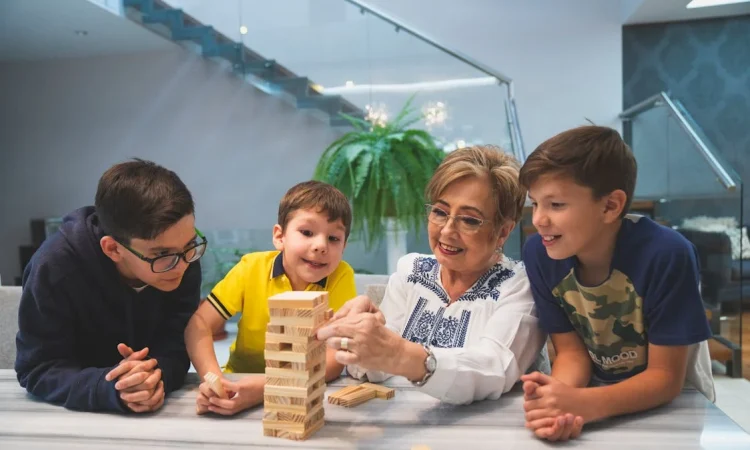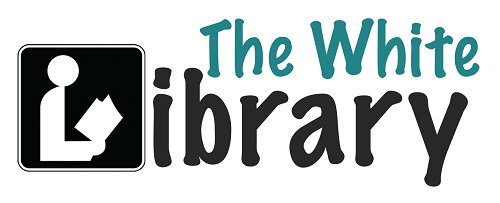
When it comes to choosing a school for your child, many parents ask the same question: Should we go with Montessori or traditional education? Both approaches offer different benefits, and knowing how they work can help you make a decision that fits your child’s needs.
Understanding Traditional Education
Traditional education is what most people are familiar with. In this setup, students are grouped by age, sit at desks, and follow a set curriculum. Teachers take charge of the classroom and deliver lessons to all the students together. Resources like https://www.trelawnydlittlelearners.co.uk offer insights into how different educational approaches may vary from this model. Students are expected to learn the same topics at the same pace, and their progress is usually measured through tests, homework, and report cards.
The focus in traditional schools is on academic learning, discipline, and preparing students for exams and future education. There is a clear routine, and students are taught to follow instructions, complete tasks on time, and perform well under structure.
Understanding Montessori Education
Montessori education takes a different approach. It focuses on student-led learning. In these classrooms, children choose their activities based on their interests. The environment is designed to encourage independence, with materials kept at child-level so they can explore on their own.
Instead of strict lessons, children learn through hands-on activities. Teachers act more like guides than lecturers. They observe each child’s progress and step in when support is needed. Montessori classrooms often include children of different ages, allowing younger kids to learn from older ones and giving older children a chance to lead.
Key Differences
One of the biggest differences is how learning happens. In Montessori schools, children move at their own pace, while in traditional schools, everyone follows the same schedule. Montessori students have more freedom to explore subjects they enjoy, while traditional students follow a planned syllabus.
The teacher’s role also changes. In traditional classrooms, teachers take the lead and guide the learning process. In Montessori settings, teachers step back and let children take the lead, stepping in only to support and guide.
Benefits and Challenges
Montessori education encourages children to become independent, think creatively, and build strong problem-solving abilities. It also supports emotional and social development, as students learn to work with others and respect different viewpoints.
On the other hand, traditional education provides structure, discipline, and clear academic goals. It may be better suited for children who prefer routine and need more direction in their learning.
One challenge with Montessori schools is that they can be harder to find and may cost more. Also, they might not offer as many extracurricular activities as traditional schools. Meanwhile, traditional schools may not always allow for personalised learning or creative exploration.
Conclusion
Choosing between Montessori and traditional education depends on your child’s personality, learning style, and what you value as a parent. Both systems can help children succeed—it’s all about finding the right fit.
